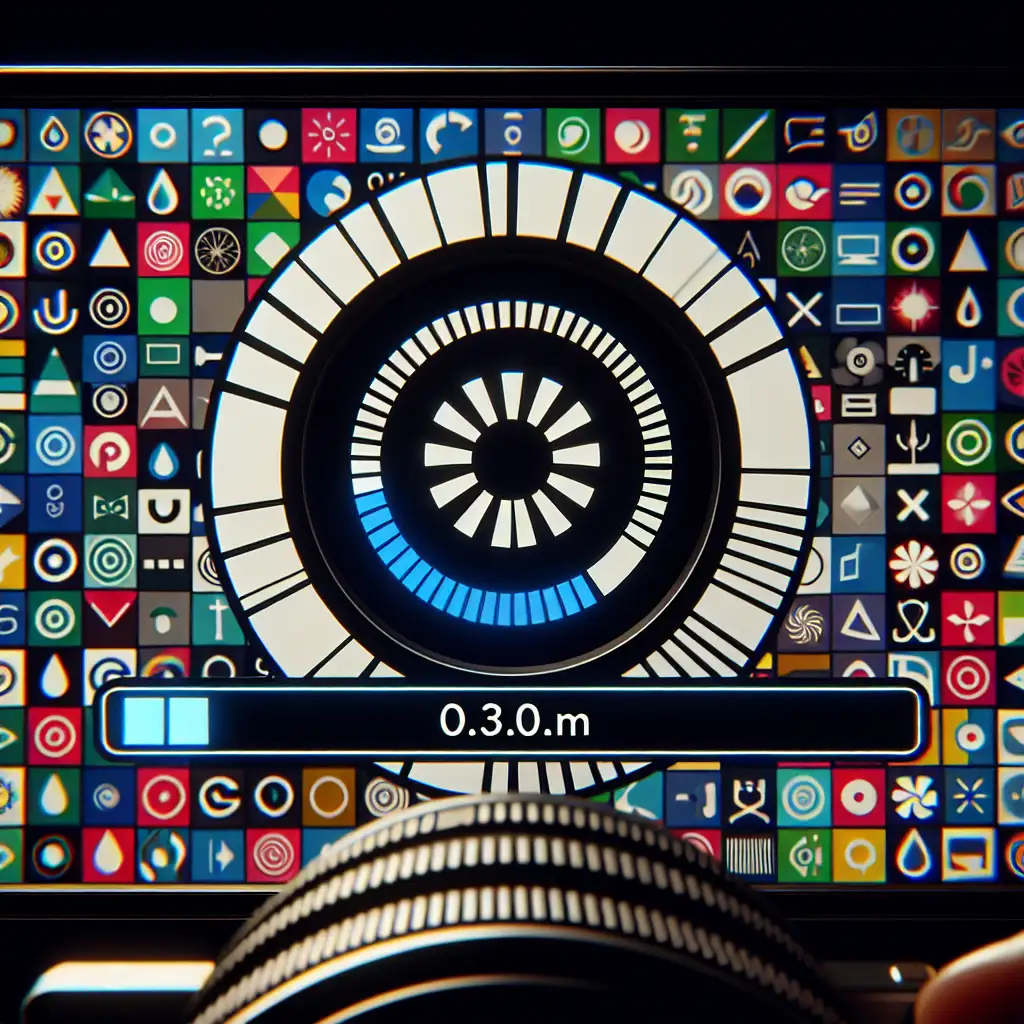Step-by-Step Guide to Downloading and Choosing the Right Linux Distribution for Your Needs
Too many installations go sideways before a single byte is written to disk—wrong distribution, corrupted ISO, bad USB media. A disciplined approach from the first step avoids avoidable pain.
Selection: Distribution Must Match Your Purpose
Start with the end in mind. There is no universal Linux; the Distro landscape is specialized:
| Use Case | Recommended Distros | Notes |
|---|---|---|
| Development | Ubuntu (22.04 LTS), Fedora 40 | Consistent tooling, strong community |
| Server | Debian 12, CentOS Stream 9 | Long-term support, proven stability |
| Desktop/General | Linux Mint 21.3, Zorin OS 17 | User-friendly, minimal configuration |
| Legacy Hardware | Lubuntu 24.04, Puppy Linux | Lightweight, low RAM/CPU footprint |
Note: For ARM devices (Raspberry Pi, etc.), confirm the distro offers dedicated ARM images.
Critical Question
Is hardware compatibility an afterthought? On some laptops (e.g., Realtek WiFi chipsets), not checking driver availability means networking pain later. Review hardware support lists when in doubt.
Source: Always Download from the Official Project Site
Malware-injected ISOs circulate widely. Stick to official project mirrors or directly linked servers. Examples:
Gotcha: Some "download aggregators" advertise ISO collections. Most are outdated or repackaged—risk outweighs theoretical convenience.
ISO Image: Architecture and Release Selection
- Architecture: Unless intentionally targeting legacy (Pentium-era, <2007 CPUs), use 64-bit. Marked as
amd64,x86_64. - Release: LTS versions (e.g., Ubuntu 22.04 LTS, Debian 12 "bookworm") maximize stability. Rolling releases (e.g., openSUSE Tumbleweed) suit users willing to trade occasional breakage for latest packages.
Practical note: If you see only .iso.torrent for download and have slow/unreliable connectivity, a download manager with resume support is safer than browser direct.
Verification: Checksum and Signature Validation
Never omit this step—even with a gigabit fiber connection.
Checksum Verification (SHA256)
// On Linux/macOS:
sha256sum ~/Downloads/ubuntu-22.04.4-desktop-amd64.iso
Compare hash output exactly against the value published on the distro’s download page.
On Windows:
certutil -hashfile C:\path\to\ubuntu.iso SHA256
Expected output:
SHA256 hash of C:\path\to\ubuntu.iso:
e5b72b41f038b4b879d60fa5ed9d1a2be6f6b8d1a876b37085e91ce20ddd0f7c
CertUtil: -hashfile command completed successfully.
GPG Verification (Advanced, for security-sensitive use)
Fetch the .sig file and the maintainer’s key:
gpg --keyserver hkps://keys.openpgp.org --recv-keys <KEYID>
gpg --verify ubuntu-22.04.4-desktop-amd64.iso.sig ubuntu-22.04.4-desktop-amd64.iso
If you see:
gpg: Good signature from "Ubuntu CD Image Automatic Signing Key..."
the ISO is unmodified and authentic.
Known Issue: Some projects' signing keys change periodically; scripts can break if not updated.
Bootable Media: USB Creation Tools and Caveats
Not all USB writers are equal. BalenaEtcher (multi-platform) and Rufus (Windows) are top picks. Ventoy is preferred when multi-ISO booting is needed.
Example: Creating a bootable USB with balenaEtcher
- Install balenaEtcher (
v1.18.11or newer avoids a known write issue). - Insert 8GB (minimum) USB stick.
- Select ISO, target drive, and start flash.
- OS X users: "Resource busy" error? Unmount the volume before flashing.
CLI Alternative: Linux dd
sudo dd if=~/Downloads/ubuntu-22.04.4-desktop-amd64.iso of=/dev/sdX bs=4M status=progress oflag=sync
Replace /dev/sdX with your actual USB device (double-check with lsblk). Mistake here overwrites hard drives—irrevocably.
Installation Prep and Customization
Boot from the freshly created USB. Most BIOS/UEFI firmware uses F12, F10, or ESC to select boot devices—refer to your hardware manual.
During installation:
- For dual-boot, shrink existing partitions first via GParted or Windows Disk Management.
- Secure Boot may block unsigned distros; disable it in firmware or ensure distro provides UEFI-compatible signed images.
- Network drivers: If in doubt, bring a USB Ethernet dongle as fallback.
Practical tip: Install with internet connected, so third-party codecs and drivers can be fetched during the process, reducing post-install cleanup.
Advanced: Torrents, Mirrors, and Changelogs
- Torrents: Preferred where available (
.iso.torrent). Peer-to-peer not only speeds up the process but inherently checks data integrity during transfer. - Mirrors: Choosing a geographically close mirror (choose from the official list) minimizes latency and corrupt chunk retries.
- Release Notes: Always consult. Example: “In Fedora 40, legacy BIOS support was dropped” means some hardware becomes unsupported.
Summary
A reliable Linux install starts with deliberate distro choice and verifiable media. Download from only official sources, confirm file integrity, create USB media with tested tools, and anticipate common hardware quirks (e.g., Secure Boot). Ignoring any of these steps often leads to needless troubleshooting.
Final practical note: keep the verified ISO and USB image handy—patches occasionally require a reinstall, and a known-good image saves time versus redownloading and reconfirming under pressure.
